Trading Regime Analysis: The Probability of Volatility
$29.33
| Author(s) | |
|---|---|
| Format |
|
| Pages |
441 |
| Publication Year |
2009 |
Trading Regime Analysis is a groundbreaking work on how markets behave and how to profit from this behaviour. The book describes that it is the human nature of markets which explains why this behaviour exists and whether one believes in fundamental or technical market analysis, the ebb and flow of volatility is the one undeniable truth that exists in financial and commodity markets. It is the up and down cycles of volatility that is the manifestation of human psychology as the ultimate driver of markets and volatility, like human behaviour, has a distinct cycle to it.
Introduction:
I have always been very suspicious of people who write books on financial market trading or investing. The plethora of books, such as “how to trade this way” or “how to make a million dollars from the market”, has always had me asking the same question. If the analysis, system or method that these authors present to the world are so good and consistent in extracting value (i.e. money) from the financial markets, then why oh why are they not sitting on a beach somewhere watching the profits roll in rather than writing books about it. It’s a well-known fact that a lot of authors on investment or trading in the financial and commodity markets make their living from writing about how to do it, rather than doing it themselves.
Many of these authors in fact have never traded the markets but instead do a great job in marketing themselves as gurus and even brands that people who do actually trade the markets follow, sometimes on what seems like a religious basis. The old phrase is that “those that can, do, and those that cannot, teach” and the cynics among us would point out that this is true in just about any field or profession.
The problem with books being written about trading in the financial markets is that the people who would be interested in them tend to analyse things in a black and white fashion given the nature of their endeavour. People who are interested in trading the markets for profit know through experience that it is one of the most difficult endeavours that human beings can subject themselves to and so once they have been doing it for a while they tend to view books on “how to trade the markets” with a very healthy dose of salt. Experienced practitioners know that there is no one method or system that is the answer to the markets puzzle and that only diligent hard work and analysis is what will pay off over the long term.
So what is different about his book? Well, the first, and most important, thing to point out to the reader is that the royalties from the sale of this book are being paid directly to a charity, so it should be crystal clear that this book has not been written for any personal monetary gain. This may seem strange to some but, as someone who is passionate about market analysis, writing a book about it is a labour of love rather than of profit.
Secondly, this book is not intended to be a “how to trade the markets” type of book. If I had all the answers to the questions that the markets pose, or if I had a method or system that added value in every single time period, I would certainly not be writing a book about it! I would be sitting in the sunshine by the pool, at that villa by the golf course where I would play every day without having to worry about where my daughter’s education fund was going to come from! Ah yes, we can but dream. If someone has a method or arbitrage system that is so good, why would he want to share it with anyone else in the first place since doing so may well dilute its potency?
No, this book is not a “how to” book in the genre of making you a guaranteed millionaire, so if that is what the reader is expecting then I suggest he puts it down now. This book is the amalgamation of my thoughts and experiences gained over the last 20 years in market trading and analysis. It is intended to be a contribution to the body of knowledge in market analysis, in particular technical market analysis that the International Federation of Technical Analysts (IFTA) is doing so much to categorise and nurture.
Trading ideas and methods are presented in the book but they come with a very big health warning because I know from my own experience of investing in and trading the markets that no method is infallible. What we deal with in market analysis is probabilities rather than certainties. There are no certainties in the markets. Ever. This is a realisation that can really only come through market experience and having been knocked down countless times just when you think you have got the markets figured out. Probability can be measured in many different ways and it can mean different things to different people but, essentially, it is defined as the chance of something happening.
In the markets that chance is generally 50% but there are times when the odds improve somewhat to skew it above the classic chance of heads or tails in a long game of coin toss. This calculation of chance has to be based on an analysis of the past history because there is, in the end, nothing else on which to base it. Whether you decide to use economic data, corporate statistics, market price action or anything else, the one common thread in market analysis is that we are all trying to find things that had a relationship with how the markets subsequently behaved in the past and, therefore, in all probability, will have that same relationship in the future.
Contents:
- There is NO Holy Grail
- The “Nature” of Markets
- Volatility Defined
- Orthodox Pattern Recognition
- Japanese Candlesticks
- Volume Considerations
- Previous Highs and Lows
- Elliott Wave Principle
- Moving Average Envelopes
- Bollinger Band Width
- The ADX
- Point and Figure Charts
- Rate of Change and Divergence
- Williams %R
- Donchian Channels
- A Nod to the Quants
- Implied Volatility Curves
- The Volatility Smile
- My MATE
- Trend-Following Performance Indicator
- Trading Regime Indicator
- An Eclectic Approach
- Applications for Traders and Investors
- Trading Regime Analysis for Economists and Fundamentalists
- Case Studies
- There is Still No Holy Grail
Trading Regime Analysis: The Probability of Volatility By Murray Gunn pdf
4 reviews for Trading Regime Analysis: The Probability of Volatility
Clear filtersOnly logged in customers who have purchased this product may leave a review.

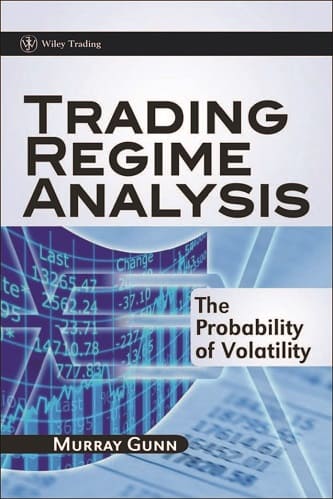

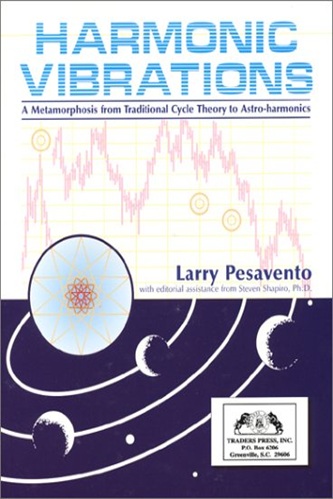
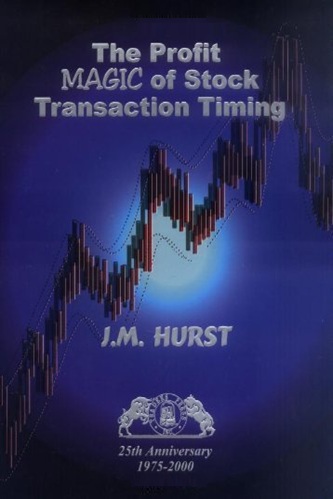
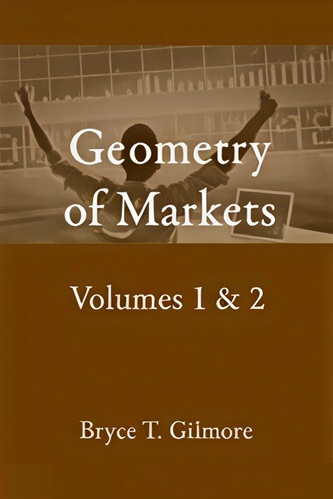
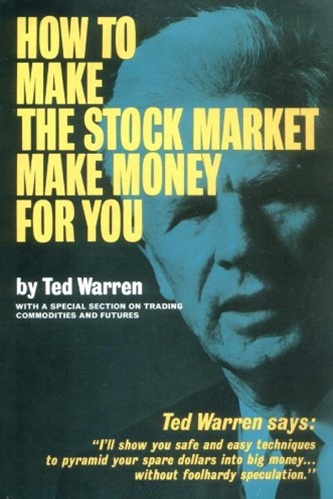
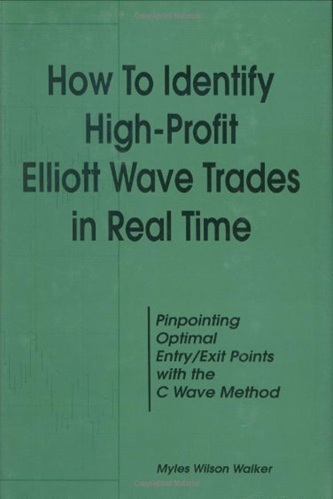
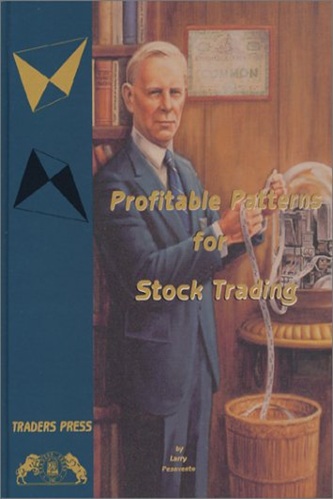
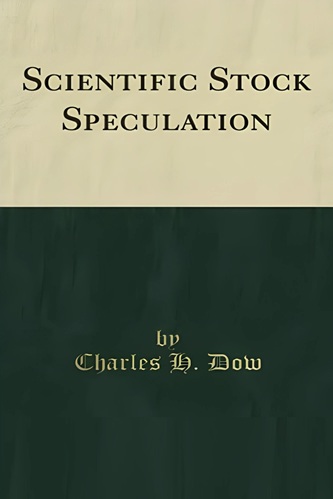
Lauren Joseph (verified owner) –
Murray Gunn reminds us that there is no one trading strategy that always works, and offers a strong collection of trend–following tools that can help portfolio managers move into profitable positions in the simplest ways. Gunn′s strategies are invaluable for the analyst performing in these dynamic and challenging times.
Easton Rose (verified owner) –
I want to believe in the ideas presented within this book, but…
If the AUTHOR is lurking here, perhaps he can explain why the heart of his thesis– which he illustrates with a written example on pages 58-60, and within Figure 3.11– seems to get the ALL IMPORTANT volatility math wrong– or at least the author “fudges” the figures to support his thesis by not making “apples to apples” comparison.
Now, without going into the discrepancies within figure 3.11 in detail– Perhaps the Author could open a discussion here for further exploration of what seems to be, at least, a major typo which taints the core of his thesis.
I looked for an errata at the Wiley site– but found none.
Or, am I COMPLETELY missing something here?
Thanks.
Hannah Schmitt (verified owner) –
This Book is a must Read.Psychology of the Financial markets at its best. Trend following explained like never before. Way to Go Mr. Gunn.
Magnolia Schwartz (verified owner) –
this book is organized or can be summarized into three parts:
part one- the personal story and philosophy of a narrow-minded and arrogant gentleman who claims to be an experienced player. value of this section is 0.
part two- general technical indicators (RSI, price patterns, etc) that are better documented in wikipedia or some TA sites.
part three- basic description of volatility (standard deviation, implied, smile, etc) and option strangles/straddles.
bottomeline, it is another one of those trash books.